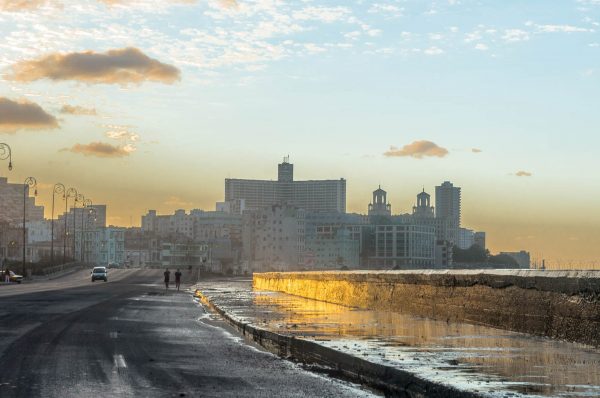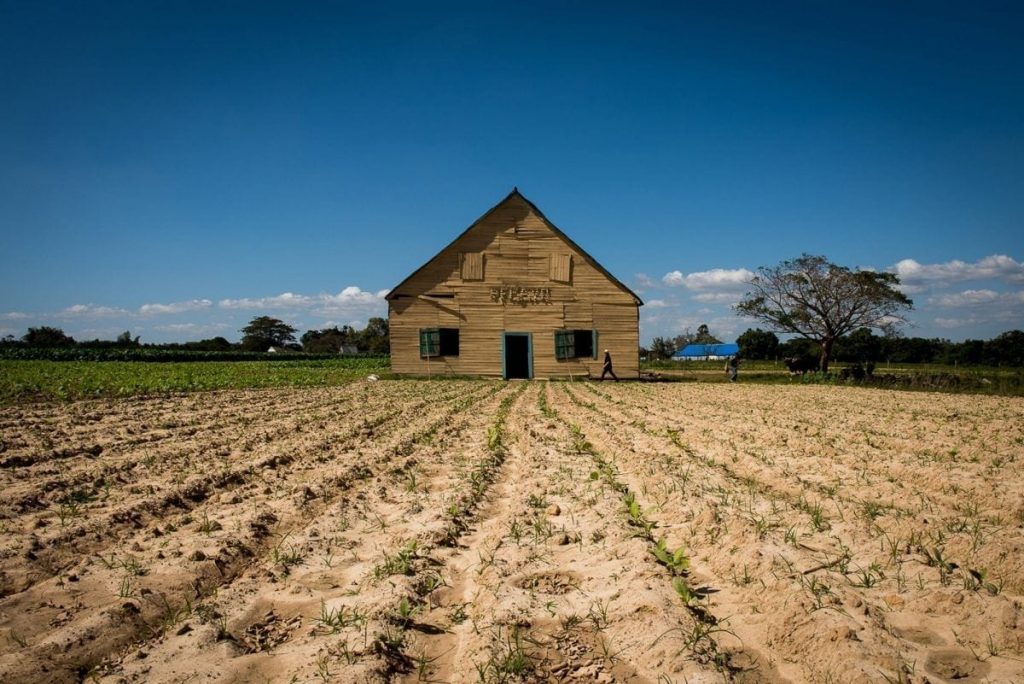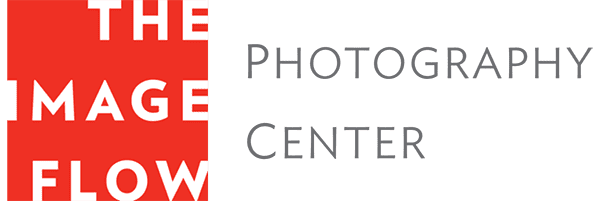

We wanted to build on the success of our first photography workshop in Cuba in April 2015, and this past February organized two more back to back, Cuba: Behind Closed Doors and The Havana Highway: Rum, Cars & Cigars. It was particularly satisfying to us as organizers that all six participants from last April signed up again, and we added to that some great new faces, including two old friends of mine who joined us all the way from Switzerland.
Both sessions turned out to be just ideal, from student participation to the variety of shooting opportunities. Of course there were glitches, as there will be when organizing a group of people—especially in Cuba—but it’s a testament to both our local guides Ramses and Alex and the go-with-the-flow attitude of the group that no matter what came up, we made the best of it. Ramses Batista, a renowned photographer in his own right, was our man on the ground; he’d make a call, and all of a sudden we were in a private apartment shooting portraits of a fascinating individual. Often, those little glitches served to make our experience even more authentic and unique.

One of the things we aim to do in all of the workshops we organize at The Image Flow is to set up situations that allow the students to do something they otherwise never would. Last year we worked with bodybuilders and muscle cars just outside of Havana. We loved the cars, but wanted to do something different. So this year we took too beautiful female models and some fantastic automobiles to a quiet beach location about 40 minutes from Havana.
My co-host Jock McDonald schlepped a portable strobe unit to Cuba, and right out there on the beach we immersed the group in a lighting exercise. (Don’t let the word “portable” fool you; this was a significant set of equipment!) We showed people how to light the outdoors or to override the daylight if they wanted to. Basically, we got to open up everybody’s perspective as to what is possible.

On a different day, we got to spend some time inside the practice hall of the Cuban National Ballet. We weren’t shooting the top-tier ballerinas, but this is not a place the average group can just walk into. The light was gorgeous and all-natural. For a lot of the participants, it was the first time they were in a situation where they couldn’t control what they were shooting. They had to be on their game to figure out technically what they had to do in order to capture the image they wanted. Of course, that’s where we as instructors came in; we gave them a starting point, and it was exciting to see where they went with it.

You know you can walk the streets of Cuba all day long with your camera, and you don’t go wrong, there’s no question about that. But to be able to get into private homes in such intimate situations is something else.
The highlight of the second week, and the highlight of the whole trip for me, was our excursion to the tobacco farms of Viñales. It was a three-hour ride in a convertible back in time to 1953, a real-time capsule. There was hardly anything that would let you know you were in 2016.
We stayed overnight in Casas Particulares—private homes. Everyone had their own accommodation offering a real cultural immersion. We went to dinner at a restaurant out in the middle of nowhere, down a dirt road with no lights—you couldn’t find it if you had to. We were the only people there. We sat on the patio and ate incredible food in an ambiance like nothing you’d ever experience anywhere else.

My philosophy is that the more you can give the participants the opportunity to experiment and shoot different things—whether they’re ever going to shoot something like that again—it just helps them build. It adds a sense of “wow” to their repertoire, even if it’s the only one time they shoot in a given situation, but it’s also a really great way to get people hooked into something new.
What was the same as last year was our commitment to having fun, enjoying good food, and good entertainment. The trip isn’t just a photography tour in Cuba. It’s about having a good time, together.

We spend the whole day together, we shoot together, we enjoy meals together, and then in the evening, everyone still wants to know what we’re all going to do, together. I don’t know if other workshops build the same kind of tight relationship like we do, but it really works for us, really resonates for our group, and it’s definitely what brings people back year after year our workshops.
“It actually went beyond my expectations of how much fun one could have on a photography trip! It was important for me to have an authentic experience and not one as a “tourist,’” said Liz Caroli, who attended both last year’s workshop and this year’s Havana Highway workshop.

“We had conversations and experiences that led us deeper into a Cuban understanding of life. Ramses Batista was great at pointing out approaches that work for getting the best pictures in Cuba.”
We did go back to the Tropicana, because it’s really something not to be missed, and it embodies all of those things. It’s a great time, but it’s also so visually stimulating. Everyone had a camera with them and they just kept shooting. I didn’t bring my camera, but I took about 100 photos on my iPhone. There’s just too much going on not to take photographs.

Havana now is so overrun by tourists. Compared to last April when we were there, it’s like a totally different place. It’s still good by all means, but the hotels are jam packed. Places we went to eat before and were the only ones there now have tour busses out front. Of course it’s good for the locals, brings much-needed money in, but you can definitely feel a change taking place.
If we go back next year, we’ll probably just bypass Havana and spend all of our time combing the remote villages of the countryside. The great thing about Cubans is that if you’re friendly toward them, they’ll be friendly to you. I look forward to making more Cuban friends, and reuniting our great “Cuban” Flow family.
— Stuart Schwartz
To see more photography from Cuba, continue scrolling below, or visit the workshop gallery. If you’re interested in attending a future workshop with The Image Flow, please email info@theimageflow.com.







